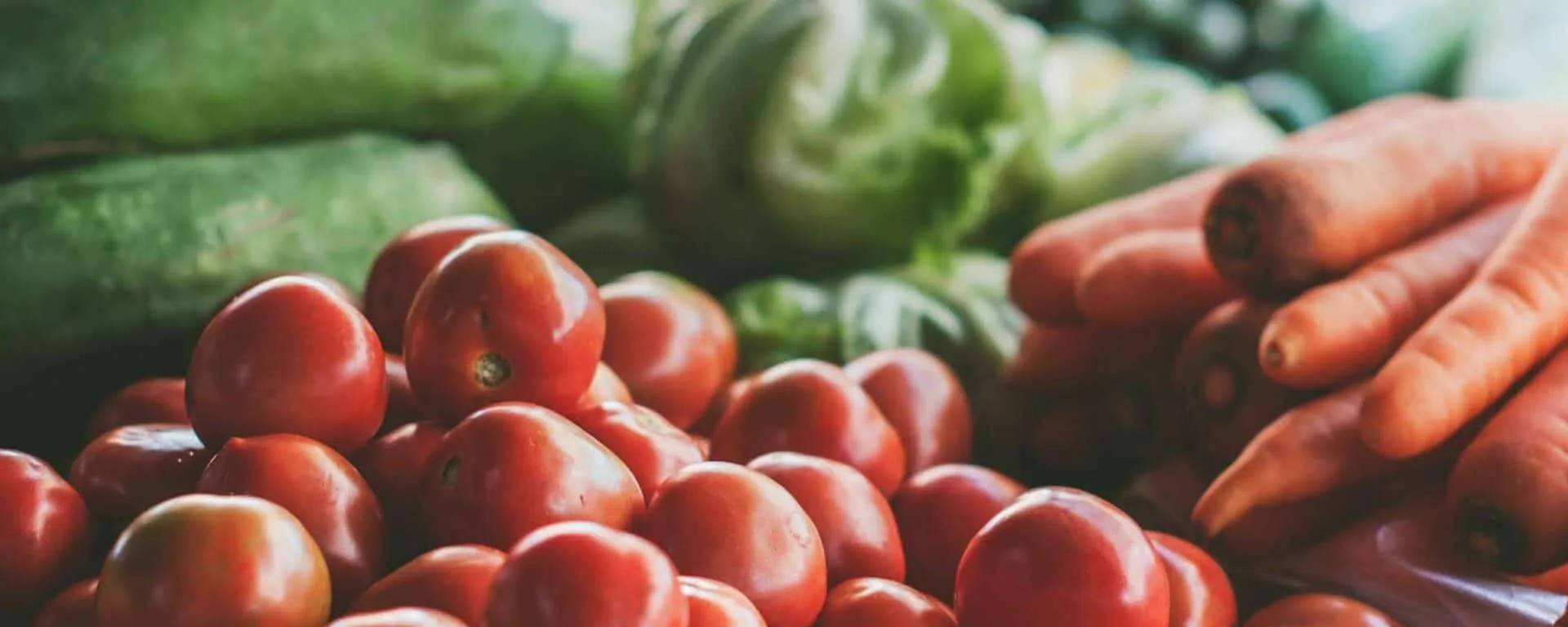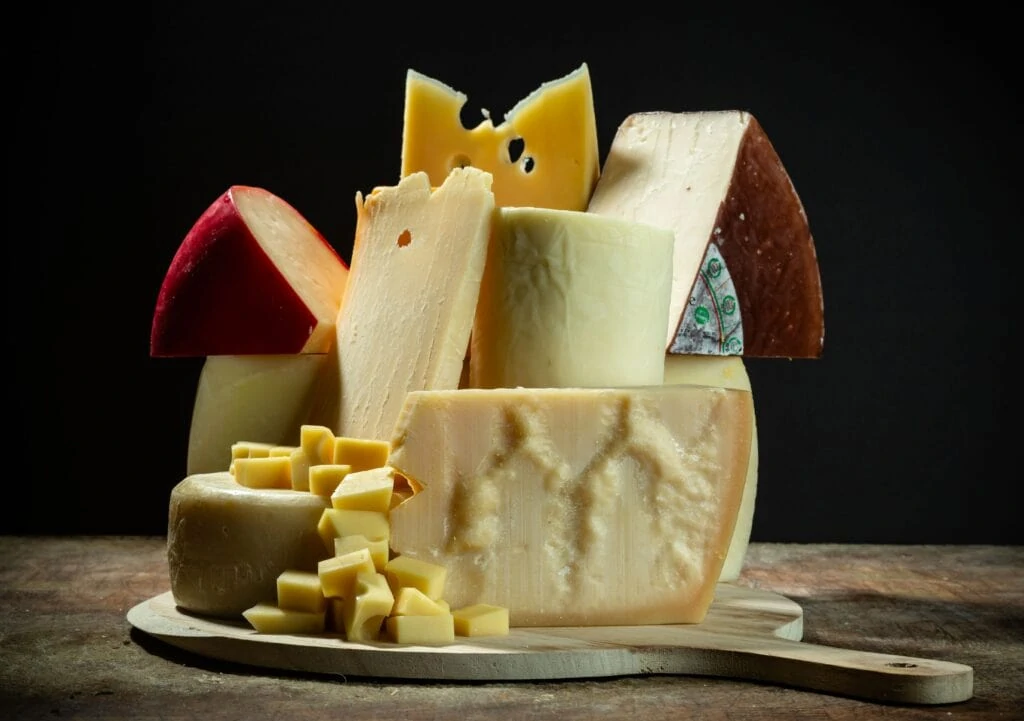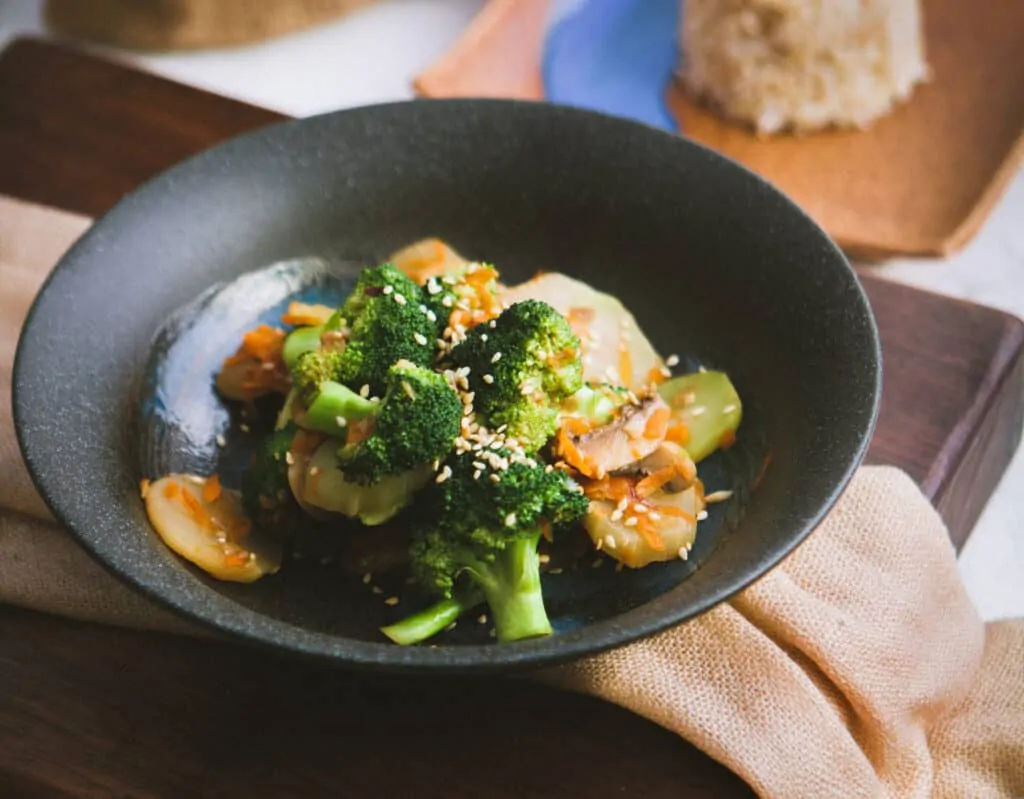
The cholesterol – diet debate has been ongoing for … well … decades for some of us.
We’re all pretty familiar with the old ways of trying to reduce cholesterol through diet, which included swapping butter for margarine, red meat for lean meat or vegetarian fare, etc …
This old way of attempting to cap cholesterol levels usually centered around reducing dietary fat as a whole, and subbing it with more “whole grains” and carb-based foods.
However, as we know now, low fat diets haven’t exactly been successful; and, in fact, that adding healthy fats in the form of natural, cold-pressed olive and coconut oils, avocados, and omega-3s has proven to actually improve cholesterol levels. [*]
This 180º departure from the low-fat stereotype when it comes to cholesterol has left the open question: what diet is best to help support healthy cholesterol levels?
Now, I’m not an MD (so please always consult your doctor for medical advice), but I’ve been in the nutrition game for quite awhile, and we can take a look at research and evidence and come to a conclusion on diet changes that can support healthy cholesterol.
So let’s jump in!
What Is Cholesterol?

Cholesterol is a natural substance your liver produces and that your body uses to make cells, vitamins and hormones. Whatever other cholesterol you have that your body did not produce is dietary cholesterol. This dietary cholesterol can come from an animal source, such as meat or dairy products. Or, it can come from various oils, like palm oil, which also have saturated and trans fats — industrially made food additives that solidify a food’s natural fats to make it have a longer shelf life. Both of these fats force your liver to produce extra cholesterol.
Healthy cells are the result of healthy cholesterol levels. However, because cholesterol is a waxy substance that moves through your bloodstream on lipoproteins, unhealthy levels of it can encourage fatty deposits to develop in your blood vessels. The fatty deposits accumulate to create a thick coating over the vessels, creating a tightened, more restrictive space through which blood can flow. Eventually, the space can even close completely or a clot can form, resulting in a potential heart attack or stroke, while also increasing your risk of developing heart disease and related issues.
The Different Types of Cholesterol
There are two forms of cholesterol: low density lipoprotein [LDL] cholesterol and high-density lipoprotein [HDL] cholesterol. LDL is the “bad” version of cholesterol, while HDL is the good version.
LDL cholesterol is the type that builds up on your artery walls. You can think of it as the “fluffy” type due to its low density, which causes it to take up more space in your arteries.
HDL, the “good” cholesterol, carries the LDL away from vessels and back to the liver to be flushed out of your system. You can see how the two types of lipoproteins work together in a delicate balance, as a deficit of HDL or an excess of LDL can both increase the risk of heart disease, preventing blood and oxygen to the heart and brain.
Your LDL levels are negatively impacted by a variety of factors, beginning with the consumption of certain foods, including:
- Fried foods: These are loaded with oxidated oils and trans fats that are proven to increase HDL.
- Fast foods: Often fried and often loaded with synthetic ingredients, fast foods contribute to belly fat. Belly fat is dangerous because it surrounds your internal organs, and increases your chances of having various fatal diseases, such as diabetes and obesity.
- Processed meats: See fried foods. Same reasons, different category of foods.
- Desserts: These foods have increased amounts of sugar, which can lead to obesity and diabetes, and both of which can lead to heart disease.
Factors other than food that can increase your LDL levels include:
- Obesity: See the above foods to avoid list, and you’ll see the innate connection here.
- Smoking: Damages blood vessel walls and increases inflammation, making the accumulation of cholesterol easier.
- Age: Over time, your body can become less efficient at combating the accumulation of cholesterol.
- Lack of exercise: Exercise boosts your body’s natural HDL, good cholesterol production.
Heart-Healthy Foods

Improving your ratio of HDL to LDL cholesterol requires two efforts: eating natural, nutrient-dense foods and (according to research) “limiting your saturated fat intake.” There is debate over the saturated fat issue – namely that it isn’t necessarily the saturated fat that is causing cholesterol issues, but the source of saturated fat.
For instance, the saturated fat found in coconuts and coconut oil, as well as grass-fed meats, isn’t likely to have the same effects on cholesterol levels as a processed burger with an artificial cheese slice loaded with preservatives and chemicals. Numerous studies are bringing this debate to light with findings that there are no statistically significant effects of reducing saturated fat in regard to heart attacks, strokes, or all-cause deaths. [*]
With that being said, in the case of cholesterol, you want to eat foods with the right types of fats from the right sources, which are monounsaturated fats, polyunsaturated fats, and limited saturated fats from clean sources, such as coconut oil or grass-fed, wild animals.
Monounsaturated fats are liquid, plant-based fats that harden as they get cooler, including oils from nuts and avocados.
Polyunsaturated fats are found in both plant-based and animal products, and contain heart-healthy omega-3 and omega-6 fatty acids. Omega-3s slow cholesterol build up in your blood vessels, and Omega-6s reduce blood sugar and therefore work to prevent diabetes.
Foods high in these healthy fats, and therefore the right types of HDLs include:
- Nuts and nut butters
- Seeds and seed butters
- Olives and olive oil
- Fatty fishes, including tuna, mackerel, trout, oysters, mussels and sardines
- Eggs
- Grass-fed and organic meats
- Avocados
Other foods that contribute to an overall healthy cholesterol level include:
- Apples and other high fiber fruits, because they work directly against your LDLs,
- Berries of any kind, you name it, because they are loaded with antioxidants, which may be shown to halt the transformation of cholesterol into the plaque that adheres to artery walls.
- Cocoa and dark chocolate, as both have shown to prevent LDLs from oxidizing, which, again, is what turns that cholesterol into plaque.
Tips to Optimize Cholesterol
As mentioned, I’m not an MD, so please check in with your doc if you suspect or have high cholesterol.
If you’re looking for tips that can help optimize your cholesterol levels, try these on for size:
- Stop smoking.
- Reduce stress. Exercise; read a book, take a 15-minute walk every day. Whatever it is you enjoy, add that to your day, and remove something that pressure cooks your mind and body.
- Focus on eating only high-quality, nutrient rich foods such as leafy greens, wild fish, nuts and seeds, carrots, sweet potatoes, winter squash, cabbage, brussel sprouts, grass-fed and organic meats and eggs nut milks (unsweetened), and avoid all processed foods and foods with added sugar like flours, breads, cakes, cookies, maple syrup, granola bars, cereals, yogurts, milk and cheese, and alcohol.
- Exercise. Just a little each day can help raise your HDL, so set a goal and get out there!